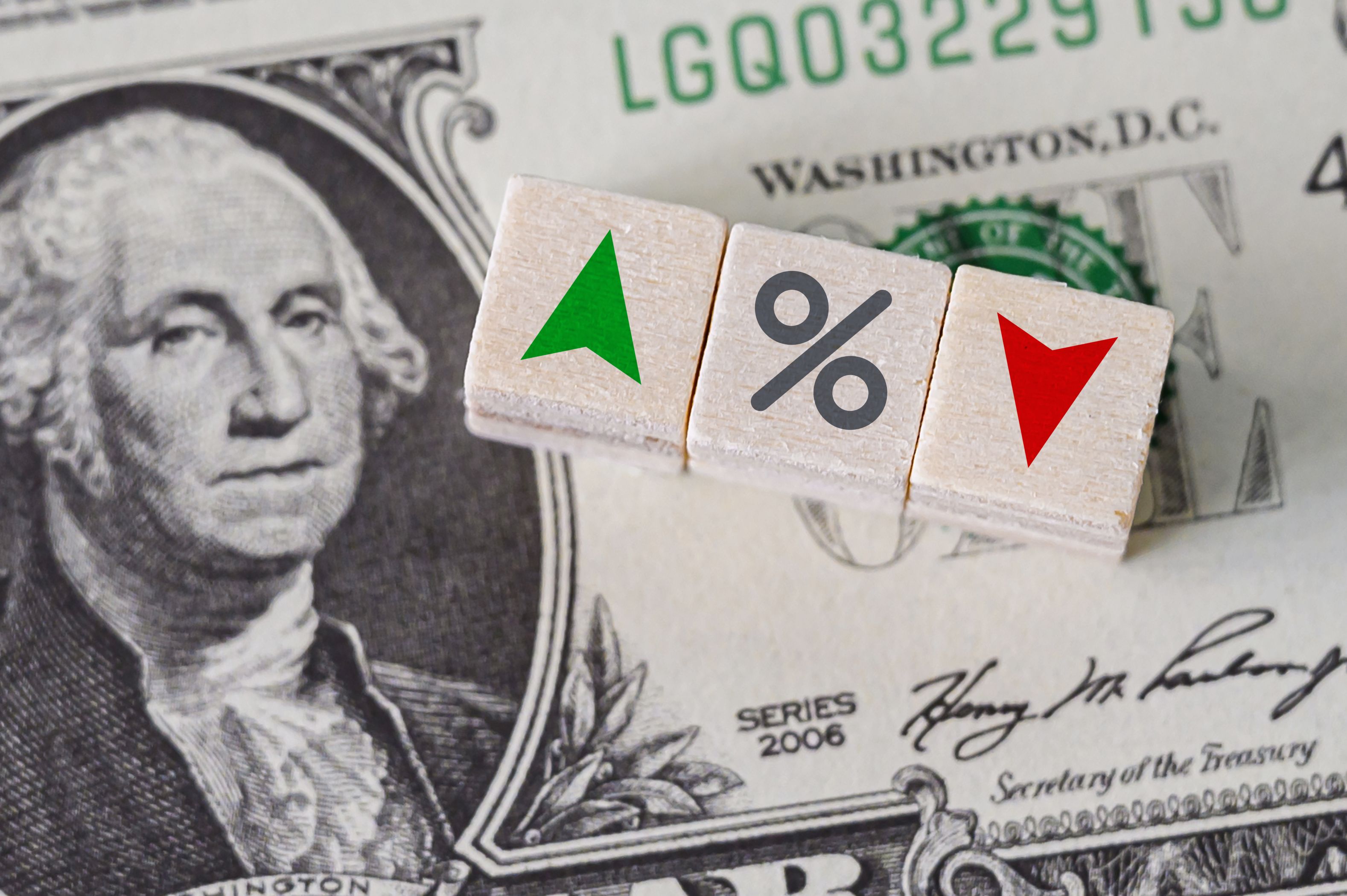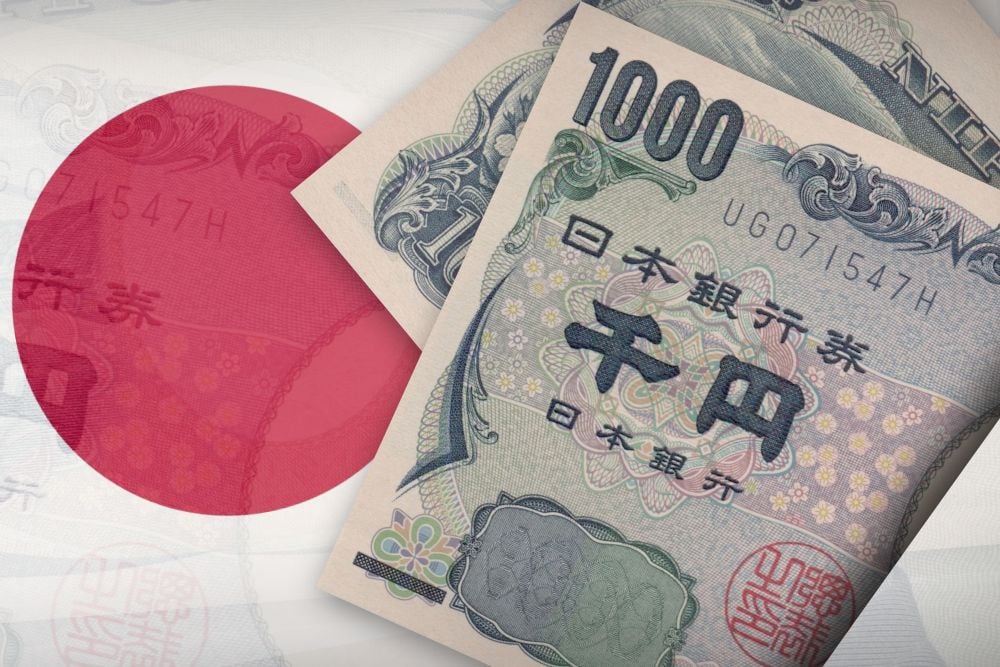 |
|
Chinese market regulators have turned to a familiar protagonist in order to explain the recent rout in domestic market; short sellers. But securities lending data shows that this accusation is by and large overblown, given the minimal short selling in mainland listed single names. The recent market rout cannot be blamed on short sellers of exchange traded funds (ETFs) either as the aggregate position represents less than 1.2% of total ETF AUM.
Investors have been able to gain short exposure to sell Chinese markets by using US and Hong Kong listed ETFs, essentially circumventing measures by the Chinese government to limit such activity domestically. The total value on loan of short bets on Chinese ETFs amounts to US$1.23 bIllion.
In total, over $100 billion in ETFs track Chinese markets, with 57% listed on the mainland in Shanghai and Shenzen exchanges. These funds see no significant levels of short interest according to Markit securities lending data on ETFs. The shorting action has instead been concentrated on overseas listed ETFs which trade on the Hong Kong Stock Exchange and NYSE and are much more easily accessible to short sellers.
X-trackers popular
The Deutsche X-trackers Harvest CSI 500 China A-Shares Small Cap ETF (ASHS) is the most short sold ETF exposed to the region, with 53% of shares outstanding on loan and $17 million of value on loan. Currently more than 90% of available stock is short sold. The ASHS tracks 500 small cap companies listed on the Shanghai and Shenzhen stock exchanges.
Paying up for liquid large caps
Related to the ASHS but focusing on the 300 most liquid stocks in the China A-share market, the Deutsche X-trackers Harvest CSI 300 China A-Shares ETF (ASHR) is the most in demand ETF from short sellers. The ETF has a cost to borrow of over 29% compared to ASHS’s also high cost to borrow of 8%. ASHR has $595 billion in AUM and $38 million in value on loan.
Both ETFs have limited stock currently available to lend, which has played a role in driving the fees to borrow higher. Accordingly utilisation levels of available stock are currently very high at of 90% for ASHS and 98% for ASHR.
With utilisation of lending stock available nearing 100%, the Market Vectors Chinaamc Sme-Chinext ETF (CNXT) is the second most short sold China exposed ETF. With $46 billion in AUM, $15 million in value on loan and 35% of shares outstanding on loan, short sellers are currently prepared to pay over 9% to short the ETF which tracks small and medium-size companies traded on the SME Board and ChiNext Board of the Shenzhen Stock Exchange.
Money market ETFs to the rescue
Domestic investors have flocked to the largest (by AUM) ETF in China, with $16bn currently and record inflows totalling CNY57.6bn ($9.2bn) in July alone. Investing in this fund shields investors from falling equities as the government grapples with stabilising volatility in the stock market.
Relte Stephen Schutte is analyst for Markit









